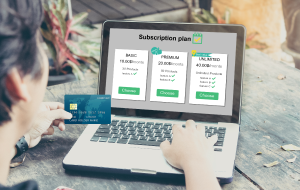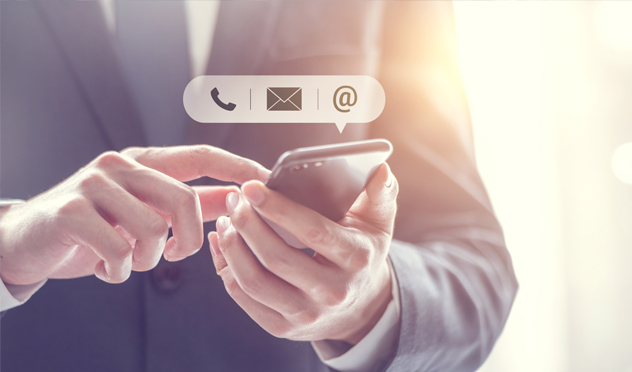How to Test a Product before Launch
Product testing is a common business buzzword, often described as an essential practice carried out by top brands around the world. In this guide, we explain what product testing is, why you should invest your time in it, and how to go about testing your product before launch.
What Is Product Testing?
Product testing is the process of preparing a product (or service) for consumer sale. It involves accumulating feedback on your goods to ensure they meet the quality and standards expected of the product.
Why Should You Test a Product before Launch?
Launching a bad product is not good for business. Launching a product that does not work properly is an utter catastrophe.
Product testing eliminates both problems. It informs your business as to the true viability of the product. Is it actually serviceable and useful? Is it worth the money you’re charging for it? Product testing before launch also serves to demonstrate any weaknesses in your product that need to be addressed.
For example, in a physical product like a piece of equipment, does it perform as expected? When it comes to service, does the service actually offer everything that it claims to or are there missing elements?
Product testing is essentially like looking for bugs or glitches in computer software — if you’re product testing software, this is exactly what you’re doing. Fail to product test, and you fail to identify potential pitfalls that could lead to anything from unhappy customers to a total recall of all your goods and wide-spread refunds.
Four-Step Guide to Product Testing before Launch
Product testing is all about feedback loops. It’s a stop-start process that allows you to continually re-evaluate your product and make sure it’s as near perfect as possible before launch. If you don’t engage in multiple feedback loops, you may miss problems with the product.
Why is this? Because different individuals have different perspectives on your product and may engage with it differently. If you test your product, you’ll likely use it differently to your consumer. Both of you may find unique issues, which means it’s essential to provide as many opportunities to discover faults as possible.
Use this four-step plan to carry out product testing:
-
Pre-Development Testing — Before you even start product development, look at it on paper. Evaluate the conditions that the product could encounter and what obstacles or issues may arise. Brainstorm ways to improve the concept to stop these issues from being a problem for your product. The more problem-solving you can work into actual product development and initial deployment, the easier the next steps will be.
-
Personal Testing — Once your product has developed into something you can sell, it’s time to carry out product testing personally. Try to engage with the product as your customer would. If you’re selling a shoe, for example, wear it day-to-day. If you’re producing software, test the functionality.
-
Closed Testing — Closed testing is carried out by people close to you in your network or circle. This can range from employees of your business to business partners or even friends and family. These people are unlikely to be your ideal customer, but they’re also not aware of how the product should work, which gives them a chance to use it in ways you might not have thought to test.
-
Public Testing — Public testing could also be considered a closed-form of product testing. The idea is to supply your product to a select group of targeted consumers who can product test as an unbiased customer. This is the most valuable form of feedback you can receive but is also likely to result in the biggest changes. You may have to pay for this kind of testing or give away free products in return.
Once all groups have tested the product and you’re happy with the results, you can launch your product.
Important Guidance
All steps in this process should be followed by a period of product development if necessary. If no issues are found, the product testing can move to the next user group, but if there are problems, they must first be addressed. After you have solved the problems identified, don’t simply send the product on to the next group. Instead, fix the problems and put the product back into the feedback loop of your current testers by giving the product back to them to test again. Don’t progress your product testing to the next step until each group is satisfied with the product version provided to them.
Why is this?
It’s important to follow product testing pathways to their conclusion, otherwise minor issues discovered early on may prevent testers in each group from reaching core problems. Using our example of a shoe, testers might learn the shoe has poor stitching in their first bout of product testing. If you fix this issue then immediately hand the product over to a different tester, who uses the product differently, you may find no additional faults. However, if you’d returned it to the original tester who found the stitching fault, the way they use the shoe may have led them to other issues hidden by the poor stitching. In this example, the poor stitching may have meant the shoe was not able to be worn for long by the user. In fixing the stitching, it became longer-wearing. The user who found the issue with stitching may also discover problems with durability now they can wear the shoe longer, which might not be detected by a different testing group.
Will Product Testing Make My Product Ready for Launch?
Product testing may not be able to find and eliminate all issues with your product, but it’s your best defence against bad product launches. A mass-market product will inevitably reveal new and previously unknown issues once used by high numbers of customers. For example, bugs are found in many video games following launch — despite large-scale product testing.
Yet imagine how much worse it could have been if no product testing was carried out.
You may need to continue to develop your product after launch, but product testing before launch can make your early days much easier to manage, and will most likely lead to a more successful product launch.
Have you reached the product testing phase in your business process yet, or is there still ground left to cover before you are ready? Our FREE roadmap to success can help you understand what stage of development you’ve reached.
Want to register your UK limited company today?
Download Free e-book – Roadmap to Business Success
Let Mint Formations Help You Start Your Business Journey.
Get access to our free roadmap to success to see if you’re ready to start your business journey



